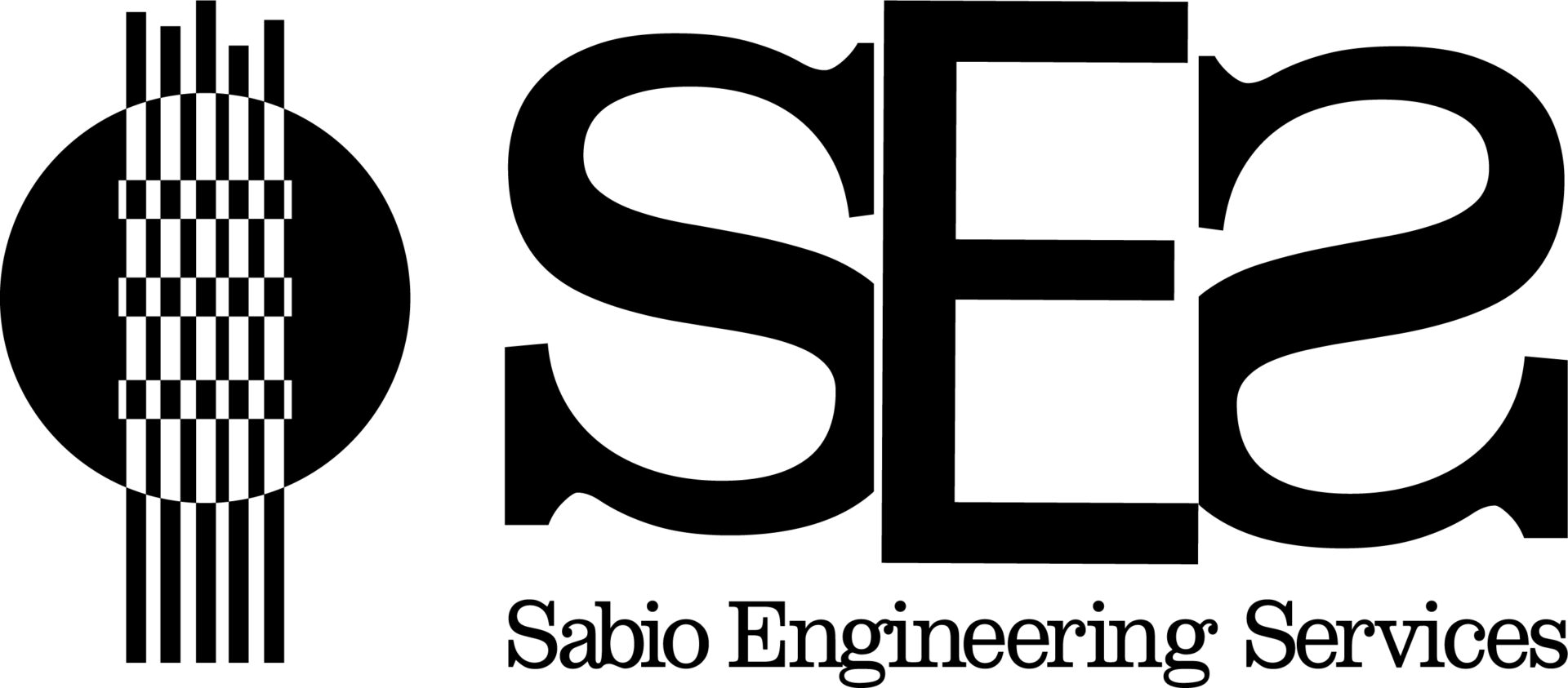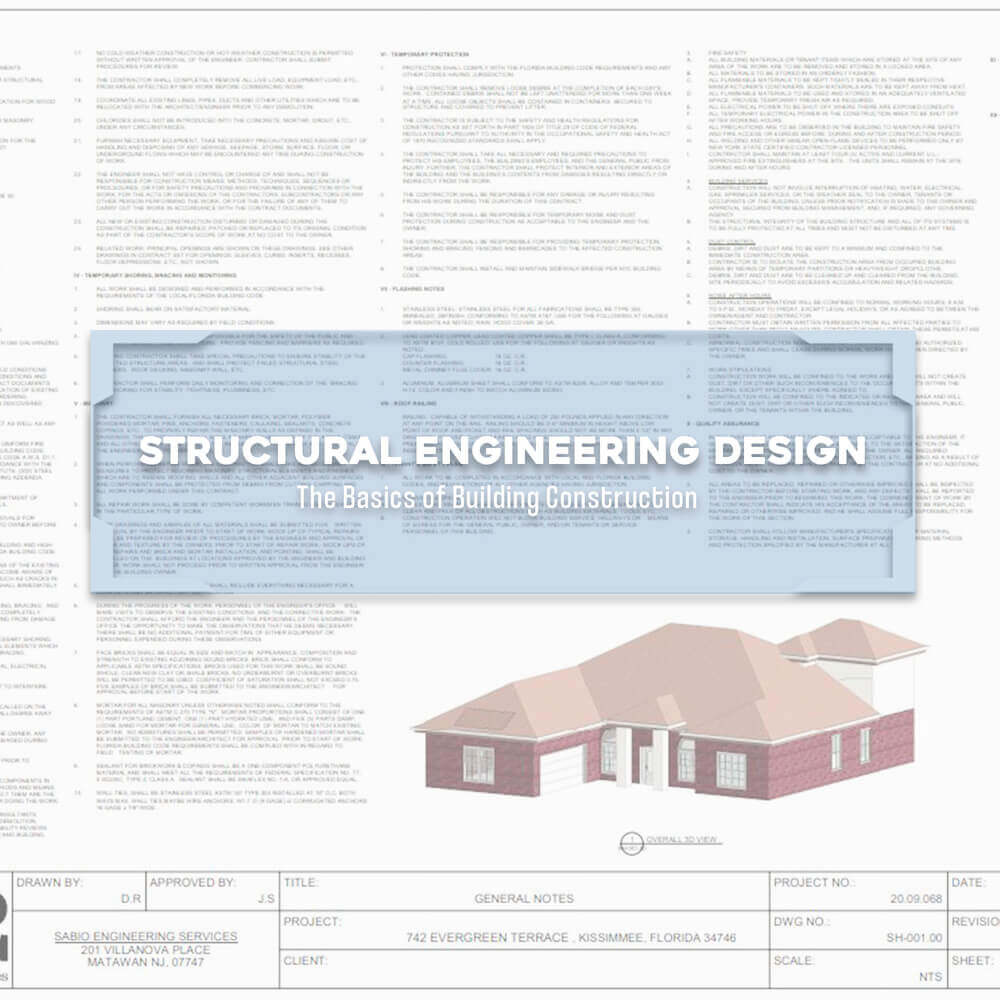Structural engineering deals with the design and structural analysis of buildings, bridges, towers, lighthouses, tunnels, etc. Not only do structural engineers need to be creative, but they also need to ensure a structure is safe and stable for its intended use. This is where structural design comes into play.
Table of Contents
What is Structural Design?
Structural design is a specialty in civil engineering. It involves using a set of methods or tools to determine safe and economical specifications for a structure. The structure also needs to be ensured that it can carry its load. This is where structural engineers must conduct a structural analysis, to determine the internal and external forces. Once this is done, a structural engineer can choose the appropriate materials and reinforcements to address structural needs.
Although there is a strong relationship between the professional disciplines of architecture and structural engineering, the two have different purposes. Architects are primarily concerned with the visually appealing features of a structure, where structural engineers focus more on the strength, durability, and safety of a building.
Basics of Structural Design
Structural design works to ensure that structures are built to withstand the loads and forces that they will encounter during their usage. This is where excellent problem solving comes in handy, because the decisions made by structural engineers can affect the safety viability of a structure. Therefore, the basic principles of structural design are structural analysis, stationary structural elements, and appropriate materials selection.
Structural Analysis for Understanding the Impact of Forces
Structural analysis is the main tool that structural engineers use to ensure a structure can handle different forces it will encounter during normal operation. For instance, when designing a subway platform, the structural engineer needs to ensure that it won’t collapse under the weight of thousands of passengers. When it comes to structural analysis one important term is magnitude, which is defined as the size of the force being applied to the structure. Another important term is direction which refers to the direction of the force. Different systems of materials and reinforcements are required to counteract several types of forces. A final important term in structural design is position, which refers to the position on which a force applies itself. Assessing the effects of anticipated forces is necessary on each area of the building.
Stationary Structural Elements
When building a structure, it is especially important that the elements of a structure remain stationary. For example, if you ever tried to build a tower out of rocks at a beach, you encountered this principle. For a structure to remain stationary, the sum of all forces acting upon it must always equal zero. However, further consideration needs to be given to external loads that will be applied to throughout the structure’s operation. This can be in the form of building occupants, wind, snow, and even environmental disasters.
Appropriate Material Selection
Fundamental to structural design is the selection of appropriate building materials. The ability of a structure to withstand external and internal forces and maintain a state of equilibrium depends on the properties of the materials. Structural engineers choose materials based on measured properties such as strength, toughness, elasticity, and plasticity. Incorrection selection of structural materials can result in structural deficiencies and cause problems later.
If you need structural engineering design services, we can help! Call Sabio Engineering Services at (929) 381-0300 or visit our website.
Sabio Engineering Services


